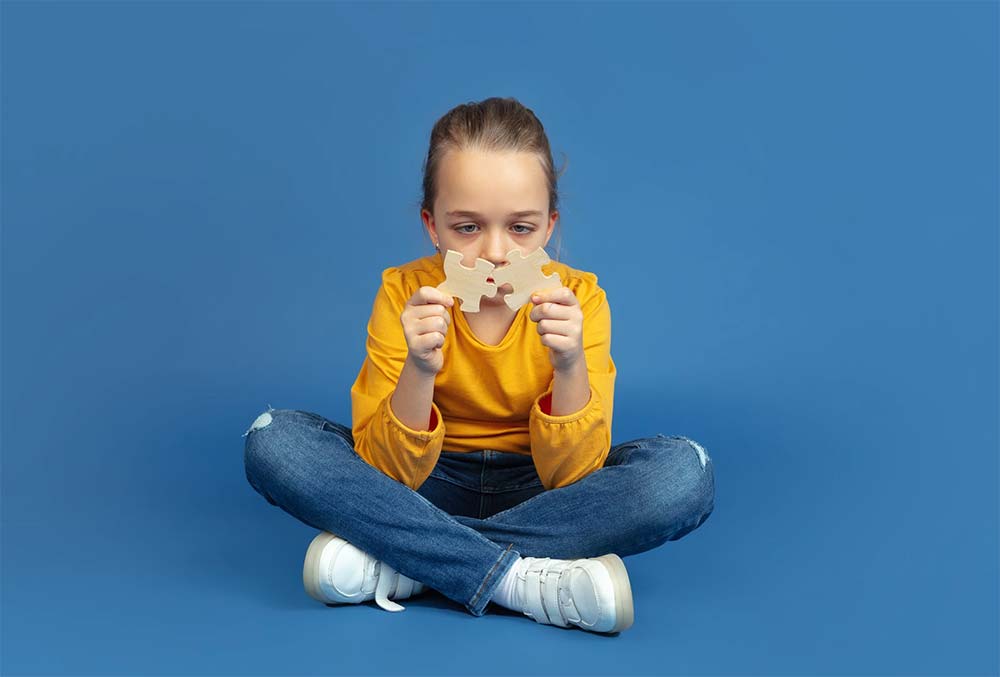Toys and play are a huge part of a child’s life which not only includes fun and excitement but also enables them to become individuals with a creative perspective, a wider range of imagination, and offers them a chance to engage with their peers.
Now, children with autism are no exception from having the benefits of toys and sensory play. Doctors, who have patients that undergo autism clinical trials, suggest that these two are appropriate for the development of certain skills that a child needs to possess for the betterment of their well-being.
Because of these, children diagnosed with autism are commonly associated with sensory issues, health professionals recommend parents provide their autistic children with sensory toys. These toys are built to have an engagement with the five senses which are sight, smell, taste, sound, and touch of a child. Sensory play can help stimulate the five senses of an autistic child and can help to overcome his or her sensory issues.
Here are the 10 best toys for children with autism:
- Quality over Quantity in terms of focusing on the child’s interests. There’s a big chance that a child with autism can be interested in one specific thing. So instead of buying many different toys for your child to use, focus on that specific interest. Parents who have autistic children often think that only having one interest is a sign of a bad habit, but interest is still considered an ‘interest,’ and that’s already a great start for the overall development of a child diagnosed with autism. Furthermore, you can use this specific interest to broaden your child’s learning from toys and sensory play.
- Kinetic Sand is notably one of the most chosen toys for children, this moldable sand amuses even adults. The reason why this sand is so popular is that it’s not harmful and is easy to clean. Unlike the natural sand found at the beach, this sand can be played with indoors by your child, and it’s non-toxic, so you can rest easy if your child decides to have it in a taste test. Since the kinetic sand sticks to each other when you apply force, it becomes easy to clean and can be molded into different shapes and sizes that can help in strengthening your child’s motor skills as well as expanding their creativity.
- Legos are also a popular choice among parents with children diagnosed with autism. Though a lot of parents recommend it for older children around 3+ years old, these brick-like toys let the child have a simple yet fun experience where they can learn to create a few objects through the use of lego blocks. The vibrant and different color combinations also add up to the sight’s sensory development and the different shapes and sizes help and provide a satisfying tactile sensation that is associated with the touch’s sensory development.
- Chewing Toys are also commonly chosen toys among parents with children on the spectrum. These toys are designed to be made of non-toxic materials such as silicone. It can be shaped into different kinds, such as a hand-held bracelet or even a necklace. They also include that the toys can be made with different textures and colors. Some of them have dots and blunt, pointy edges, and some have a smooth surface with a couple of patterned colors to stimulate your child’s senses.
- Sensory Mats are fun, and they stimulate the sensory feeling using the power of textured touch. These mats are made from harmless materials and are built to have different kinds of textures like bumps, lumps, small spikes, and even more details. Your child can use their hands and feet to play and compare the sensation that they feel from the different textures of the sensory mats.
- Trampoline enhances your child’s motor skills, balance, and body coordination. This also serves as an exercise that can help strengthen bones, increase muscle development, and can reinforce joints. It is also one way for your child to vent out their anxiety and frustrations since a child on the spectrum usually has trouble expressing and coping with their stress.
- Liquid Motion Tube Bubblers are going to be loved by your kids, especially if they are visual sensory seekers. This toy that produces colorful bubbles inside a container keeps your child entertained and can even calm them down. It stimulates the visual senses of your child to keep them focused. They can even play with it because the tube can be flipped over to let the colorful bubbles move in a soothing manner.
- Ball Pit is a great addition for your child to have a relaxing sensation. This is due to the many amounts of colorful toy balls that act as a massager to the body of your child. A child on the spectrum, when given a chance to play in a ball pit, can experience the stimulation of their visual, tactile, and even auditory senses while enjoying the fun of being able to play in a ball pit.
- A Rainmaker is one that also provides a relaxing sensation for your child through their sense of hearing. Your rainmaker can consist of different colors to appeal to your child’s visual senses, but the most anticipated feat of this toy is its representation of soothing rain sounds through the use of plastic beads that are falling down the tube-like device, producing the rain sounds.
- Educational Toys are great gifts for a child on the spectrum. These may include coloring books and spelling books that engage your child in a learning experience while promoting sensory integration. You can choose educational toys that focus on visual representations, but you may also choose some educational toys which include puzzles that can improve your child’s motor skills, reading, and language skills.
Takeaway
No matter how tough it may be, parents who have children on the spectrum will always want to provide what’s best for their child’s development. Being able to seek the help of professionals and through undergoing autism clinical trials, they were able to determine that toys and plays can really help with the development of certain skills that children on the spectrum are having trouble accomplishing.
At the end of the day, your child is still going to enjoy the toys you’re going to provide for them, but you also have to make sure that the toys you give are capable of catering to their distinctive needs and interests. As much as possible, focus on the toys and plays that can have a significant impact on your child’s sensory needs and the development of their social and language skills.

